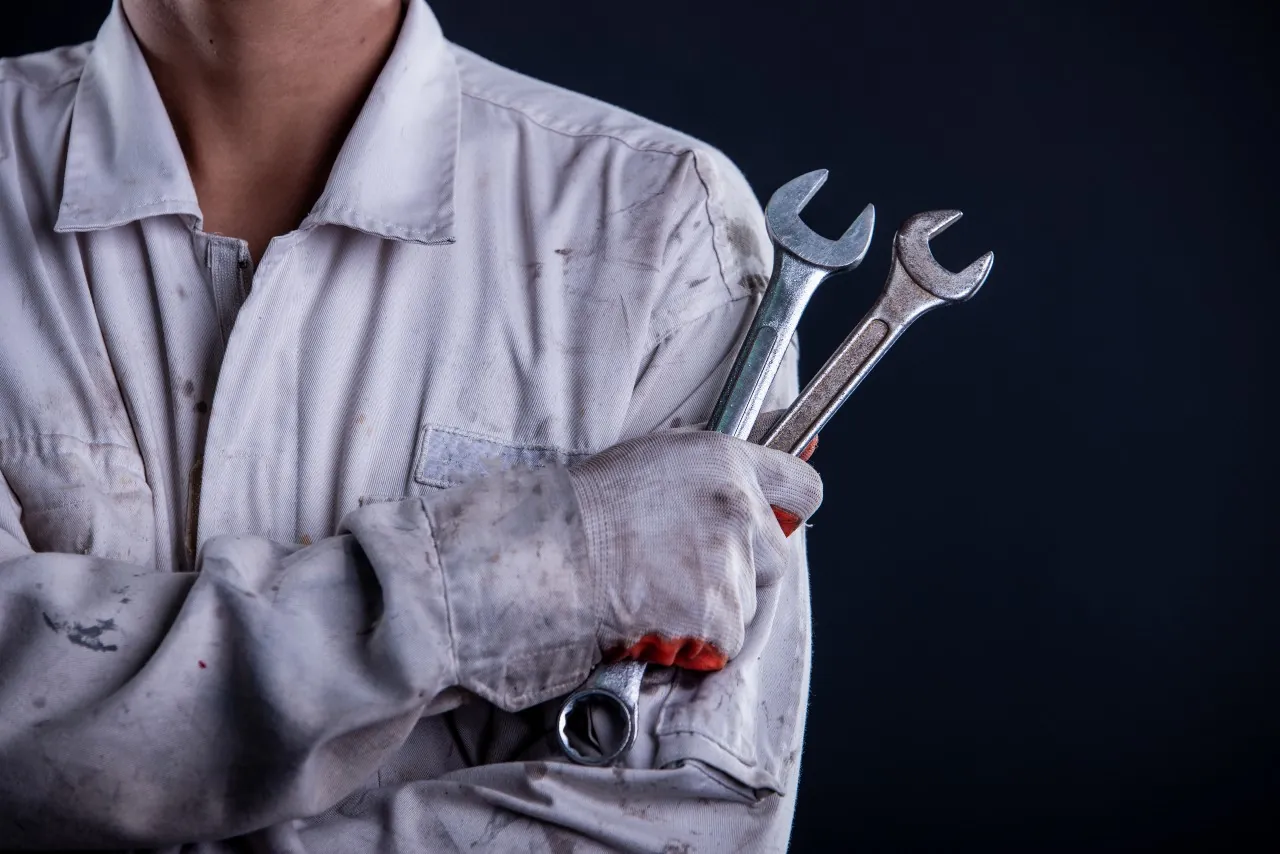In any industry, production and efficiency are key. Behind the scenes, the maintenance department works hard to keep things running smoothly. These dedicated teams maintain your facility’s assets, preventing costly downtime.
However, having a maintenance department alone isn’t enough. Like a healthy body needs the initiative to schedule check-ups, your equipment needs a proactive approach. Ignoring manufacturer recommendations can lead to faster wear and tear, more unexpected breakdowns, and higher emergency repair costs.
So, how can we make sure our maintenance efforts are effective? It starts with understanding the difference between repair and maintenance. In this article, we’ll explore these terms and highlight how proactive maintenance strategies differ from reactive repairs. By learning these concepts, you can improve your maintenance operations, extend the life of your equipment, and keep your facility running efficiently for years to come.
What Are Repairs?
Repairs involve fixing a malfunctioning asset to restore its proper function. Essentially, it’s about getting something broken back into good working condition. The extent of repairs needed depends on the type of failure the asset has experienced, which generally falls into two categories:
- Complete Failure: This happens when the asset becomes unusable and can’t do its job until it’s fixed. For example, if a car’s engine breaks down, the car can’t be driven until it’s repaired. Complete failures often lead to unexpected downtime, which can be costly and require urgent attention.
- Partial Failure: In this case, the asset still works to some extent despite the issue. While it may still be usable, it might not be as safe or effective as it should be. For instance, a car with a dirty air filter may still run, but the air conditioning might not work well, or the air quality inside the car may suffer. It’s best to address partial failures quickly to prevent them from turning into bigger problems later on.
Naturally, the cost of repairs varies depending on what caused the issue in the first place. The expenses associated with repairs are influenced by factors like the root cause of the problem.
While some failures are inevitable, many can be prevented through proactive maintenance. Regular maintenance practices help reduce the risk of major breakdowns and costly repairs. This proactive approach aims to address issues before they become bigger problems, minimizing disruptions and expenses associated with unexpected failures.
What Is Maintenance?
Maintenance covers all tasks performed on assets to keep them running smoothly. These activities include visual inspections, functional checks, part replacements, and installing new assets in a facility. There are various maintenance strategies available, each suitable for different situations:
-
Reactive Maintenance
Also known as breakdown or run-to-failure maintenance, this strategy involves fixing assets as they break down. It’s suitable for equipment that isn’t critical to operations or has low replacement costs.
-
Preventive Maintenance
Preventive maintenance also called proactive maintenance, this method involves scheduling regular inspections and repairs at set intervals or triggers to extend asset lifecycle and prevent breakdowns.
-
Predictive Maintenance
Predictive maintenance aims to foresee failures using data from sensors and smart technology to detect potential issues before they occur. For example, vibration analysis sensors can signal impending equipment failure.
-
Reliability-Centered Maintenance (RCM)
Reliability-Centered Maintenance recognizes that failure isn’t always straightforward. It involves analyzing all potential failure modes for each asset and creating customized maintenance plans for optimal reliability and availability.
What’s the Difference between Repair and Maintenance?
While repair and maintenance serve the common goal of keeping a company’s assets operational and in optimal condition, they differ in their timing and purpose within the operational process.
Ideally, regular maintenance involves routine inspections and upkeep to identify and address issues before they escalate, thus reducing downtime and costly emergency interventions. Maintenance schedules may be time-based, such as weekly or annually, or usage-based, like changing oil after a certain number of months or miles.
When machinery encounters a problem during operation or isn’t properly maintained, repairs are necessary to restore it to working order. Efficient repairs minimize downtime, ensuring uninterrupted productivity for line workers during scheduled shifts.
How Can NEXGEN Help With Repair and Maintenance?
While repairs are inevitable, you can significantly reduce their frequency. Maintenance professionals recommend focusing most of your efforts (around 80%) on preventive maintenance and keeping the remaining 20% for repairs as needed.
This approach helps you spend your resources efficiently, keeps your equipment running smoothly, and minimizes the need for major repairs.
NEXGEN’s cloud-based CMMS can help you achieve this by organizing, automating, and simplifying your maintenance tasks. This gives you more control over your maintenance department. For example, NEXGEN offers features like automated spare parts management, asset activity tracking, work order assignment, and real-time monitoring of maintenance operations – all functionalities designed to make your repair and maintenance processes easier.
Want to see how NEXGEN can help you improve your maintenance department’s efficiency? You can learn more and see it in action.






